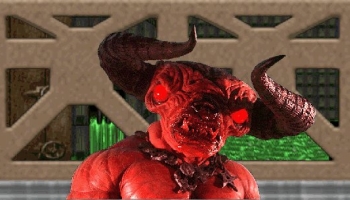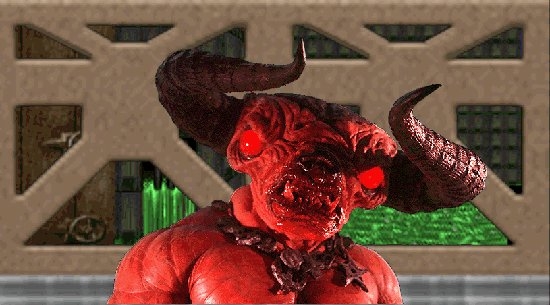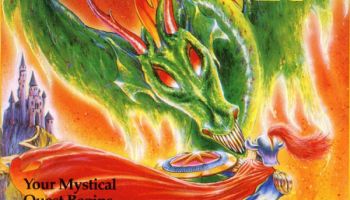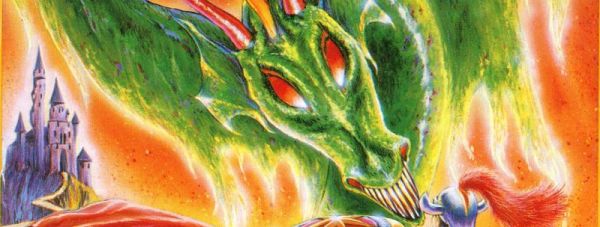
Boomer Shooter. I’m sure just typing out the name of that subgenre has caused a visceral response in a good percentage of the folks reading this.
You’re not going to find anything approaching an official definition of Boomer Shooter on the Internet, which is fine, because generational theory doesn’t really work that way. Instead, it’s all about what feels right. And to most players, a Boomer Shooter is a first person shooter inspired by the genre’s roots in the 1990s. Titles that blended a focus on frenetic shooting (often at non-human enemies) and breakneck speed with wild color palettes and an otherworldly sense of place. Games like Doom and Quake and Duke Nukem 3D instantly spring to mind. Those are the original Boomer Shooters (and then known as Doom Clones) and they are the games that many of today’s developers look to for inspiration when dabbling in the subgenre today.
Amusingly, only a few actual Boomers (that’s folks born between 1946 and 1964) were responsible for the games that inspired today’s Boomer Shooters. Instead, most of those genre-defining games were actually created by Gen Xers like John Romero and John Carmack.
Anyway, a little over a year ago (as reported by GameSpot), Valve took a step to make the subgenre just a little more official when it added Boomer Shooter as a tag on Steam.
After the news broke, composer Andrew Hulshult took credit for popularizing the phrase during the development of Dusk:
The term "boomer shooter" was a lovingly cheeky term we saw used once when developing Dusk as a description for Doom. So we ran with it because it was funny. It would go on to be associated with a entire genre of shooters.
Today it's a category on steam.
I love this reality. pic.twitter.com/gts1D5Dnzu— Andrew Hulshult (@AndrewHulshult) January 4, 2024
A few years before it was added to Steam, Boomer Shooter felt like it emerged from the ether as a fully-formed entity. No matter where the words were written, or even when, everyone knew exactly what they meant.
But where did it come from? And, as PC Gamer asked in a 2023 editorial, why can’t we call this subgenre of games something else?
The latter question is beyond my grasp, but I’ve spent the last year trying to answer the former.

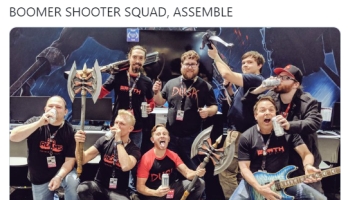
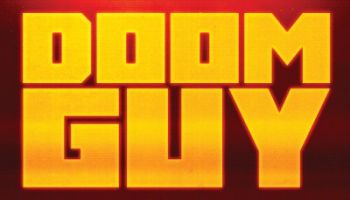
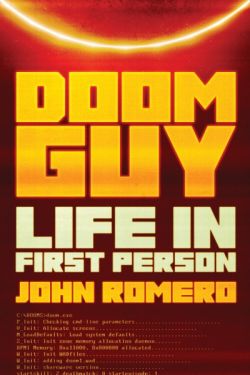 If you’ve ever seen him give an interview, you know that John Romero, one of the co-founders of id Software and the co-creator of both Doom and Quake, is one of the all-time great talkers. No matter what the question is, he’ll give you a story that you’ll remember for the rest of your life.
If you’ve ever seen him give an interview, you know that John Romero, one of the co-founders of id Software and the co-creator of both Doom and Quake, is one of the all-time great talkers. No matter what the question is, he’ll give you a story that you’ll remember for the rest of your life.
 Justin McElroy, Griffin McElroy, Chris Plante, and Russ Frushtick host The Besties, a podcast where they talk about “the best game of the week” every week.
Justin McElroy, Griffin McElroy, Chris Plante, and Russ Frushtick host The Besties, a podcast where they talk about “the best game of the week” every week.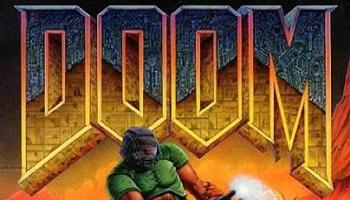
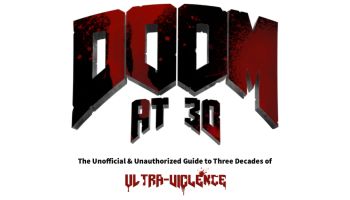
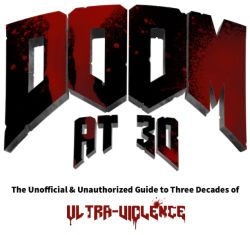 Between David Kushner’s Masters of Doom, Dan Pinchbeck’s Doom: SCARYDARKFAST, and John Romero’s Doom Guy, a lot of words have been written about the development of Doom and its impact on the rest of the games industry. But you’ll definitely want to make room on your digital shelves for at least one more upcoming book about id Software’s masterpiece.
Between David Kushner’s Masters of Doom, Dan Pinchbeck’s Doom: SCARYDARKFAST, and John Romero’s Doom Guy, a lot of words have been written about the development of Doom and its impact on the rest of the games industry. But you’ll definitely want to make room on your digital shelves for at least one more upcoming book about id Software’s masterpiece.